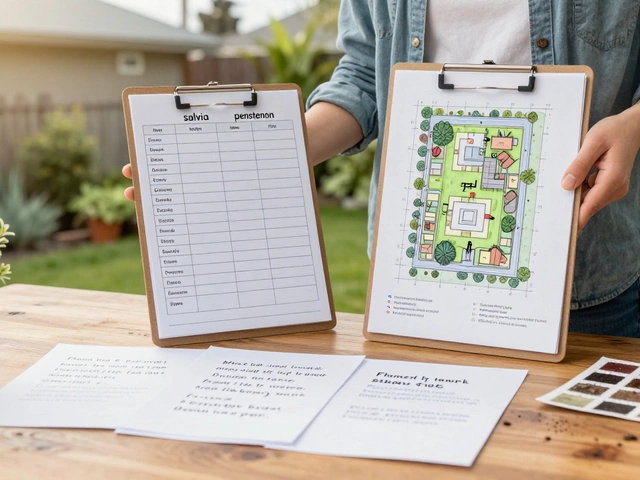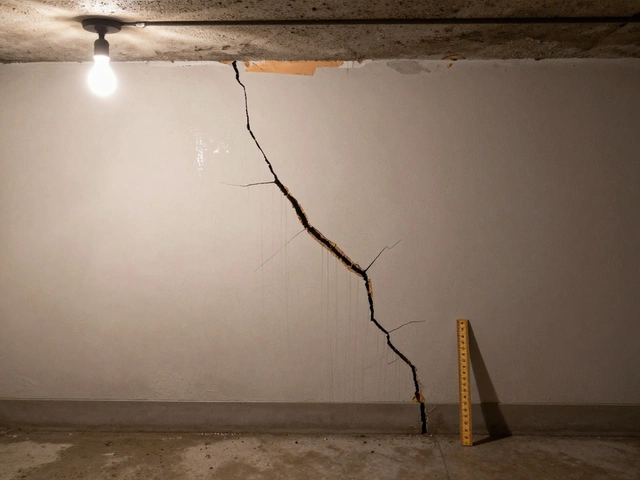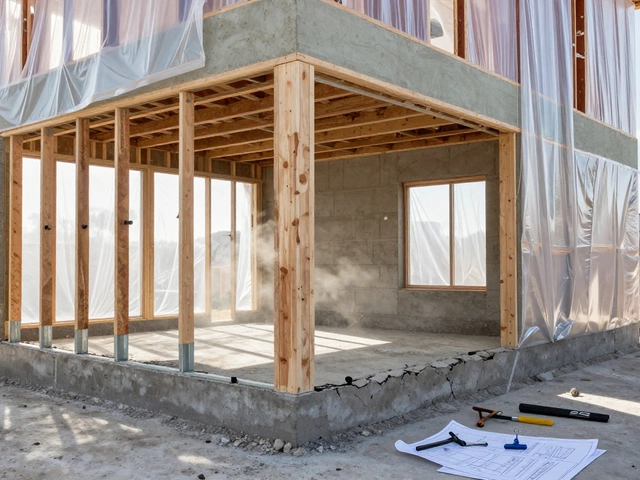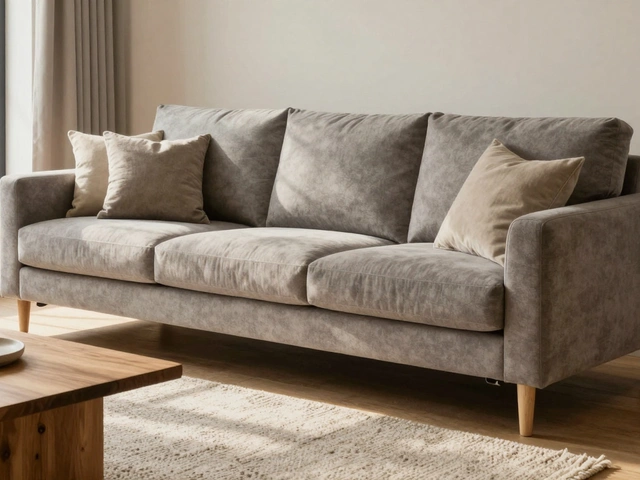Damage: Common Issues, Fixes & Prevention
When dealing with damage, any harm or deterioration that affects the condition, function or appearance of a property, item or structure. Also known as harm, it shows up in many forms around the house. Understanding the root cause helps you choose the right fix and stops the problem from spreading. damage isn’t just a nuisance; it can bite into your budget and comfort if left unchecked.
Key Types of Damage You’ll Encounter
One of the most frequent culprits is Water Damage, damage caused by leaks, floods or high humidity that affects walls, floors, furniture and structural elements. It often leads to warping, staining and even mold growth if you don’t act fast. Furniture Damage, any impairment to the surface, joints or finish of chairs, tables and storage pieces shows up as scratches, dents or weakened joints, especially in older or antique items. Then there’s Structural Damage, issues like cracks, settlement or shifted foundations that threaten a building’s stability, which can be spotted by uneven floors or door frames that won’t close properly. Each type demands a different detection method and repair approach.
Damage isn’t limited to visible wear. Mold Damage, the growth of mold spores on porous surfaces caused by persistent moisture can silently degrade wood, fabric and insulation, leading to health risks. Meanwhile, everyday wear, such as chipped paint or cracked tiles, often hints at larger underlying problems like poor ventilation or structural movement. The pattern is clear: early identification and targeted treatment keep small issues from snowballing into costly repairs.
For homeowners, the biggest challenge is deciding when to DIY and when to call a professional. Simple fixes—like sanding and re‑finishing a scratched table, or sealing a small leak—can be tackled with basic tools and a bit of patience. However, when you spot signs of structural movement, extensive water infiltration, or widespread mold, it’s smarter to get a qualified contractor involved. Their expertise ensures the repair meets building standards and prevents hidden damage from resurfacing later.
Prevention is the most powerful weapon against damage. Proper ventilation, regular roof inspections, and using moisture‑resistant finishes on furniture all cut the risk dramatically. Simple habits—like wiping spills immediately, using coasters, and monitoring humidity levels—create a protective buffer. When you blend these habits with routine checks, you’ll notice fewer cracks, less warping, and a longer lifespan for both your home and its furnishings.
Below you’ll find a hand‑picked selection of articles that dive deeper into specific damage scenarios. Whether you’re tackling a soggy carpet, restoring an antique sideboard, or learning how to spot early signs of foundation settlement, our guides give step‑by‑step advice, product recommendations and maintenance routines to keep your space in top shape. Ready to get hands‑on? Explore the posts and start fixing damage before it takes a toll on your home and wallet.
Does Plastic Wrap Damage Furniture? What You Really Need to Know
Worried about wrapping your furniture in plastic? This article breaks down what actually happens when you use plastic wrap on different types of furniture. Learn the real risks, when it’s safe, and smart tips to avoid messes or damage. Whether you’re moving, storing, or just covering up for a remodel, here’s what you need to know. It’s all about keeping your stuff in top shape, without nasty surprises.
full article




